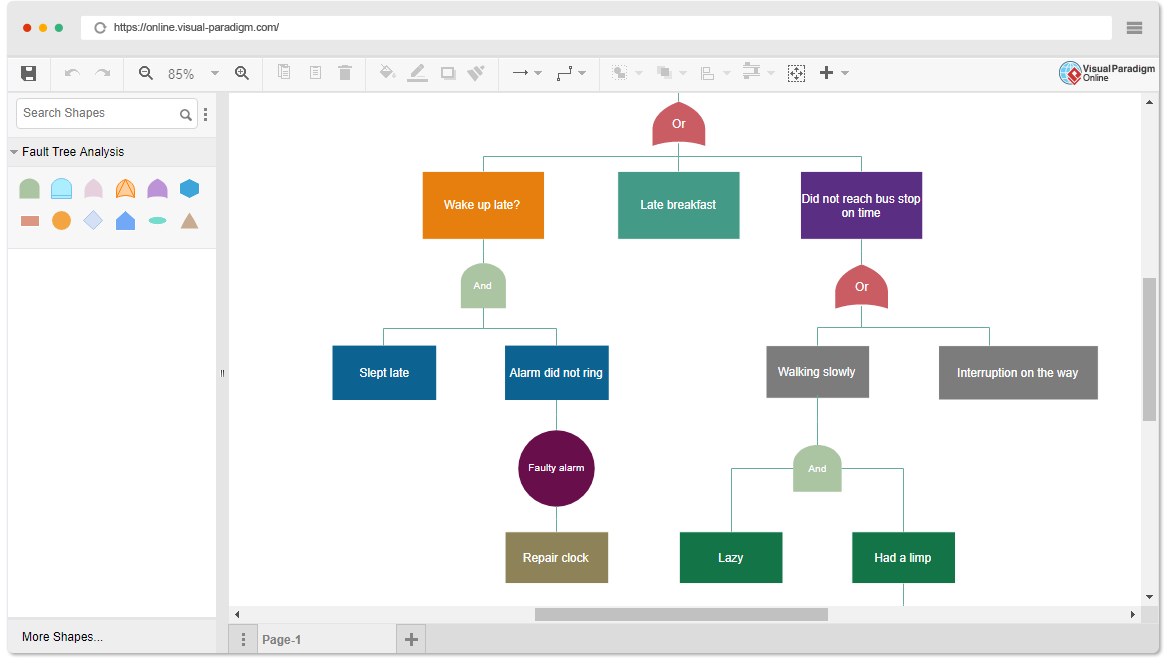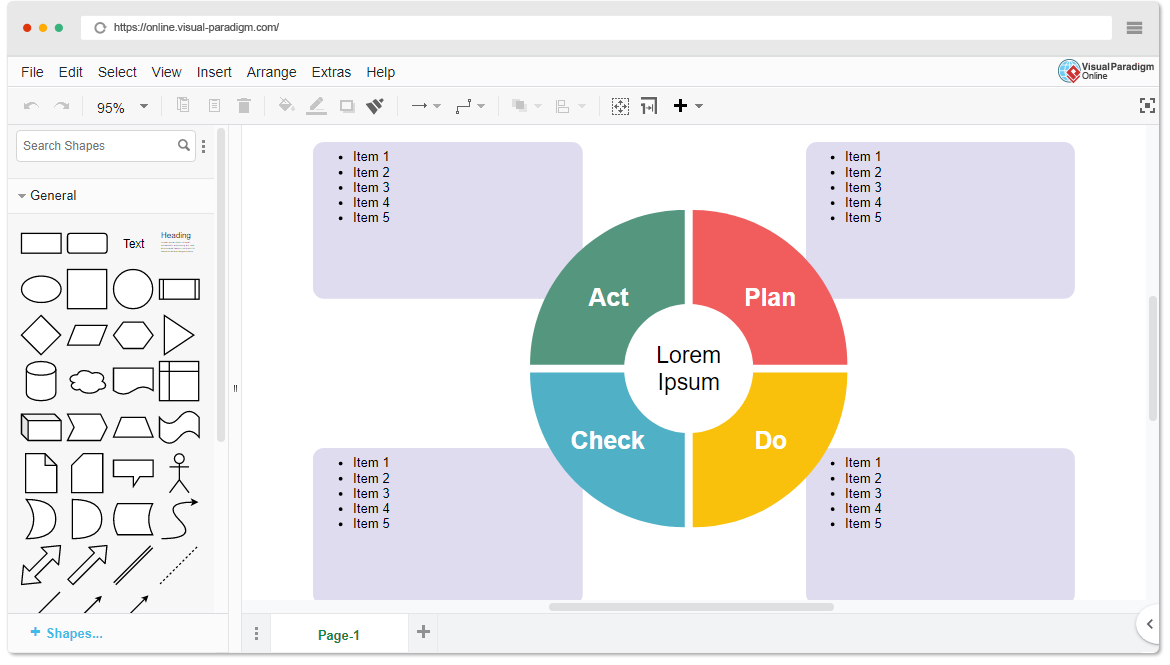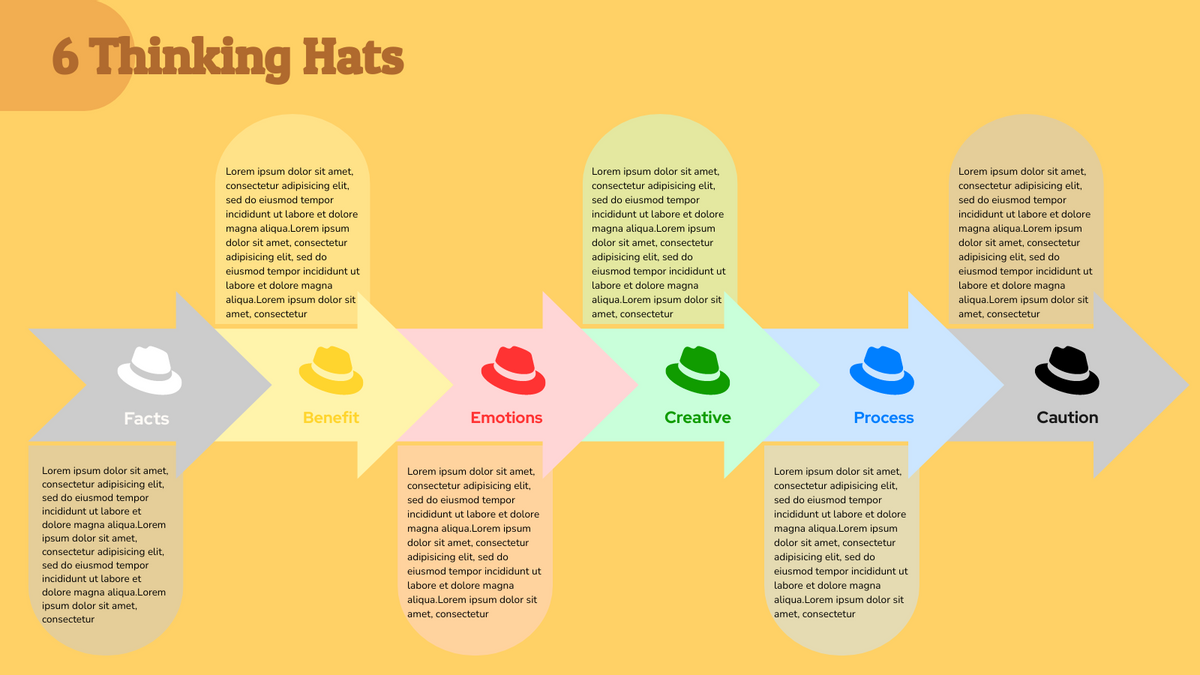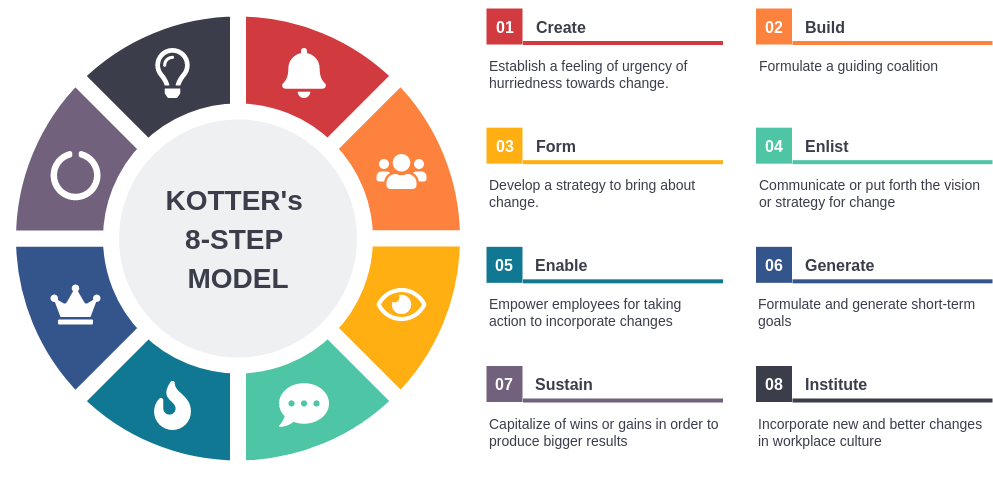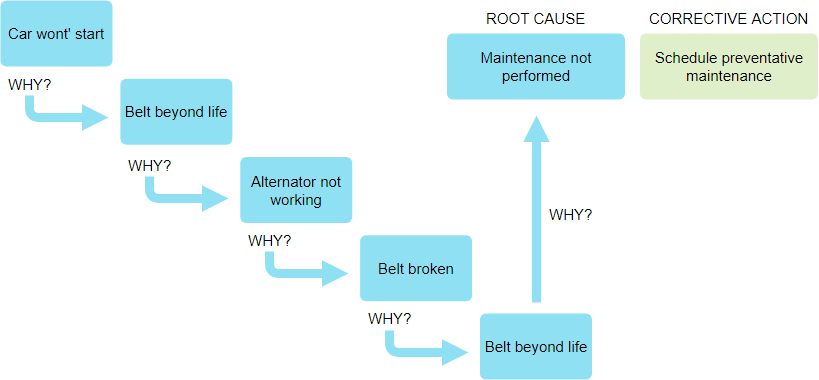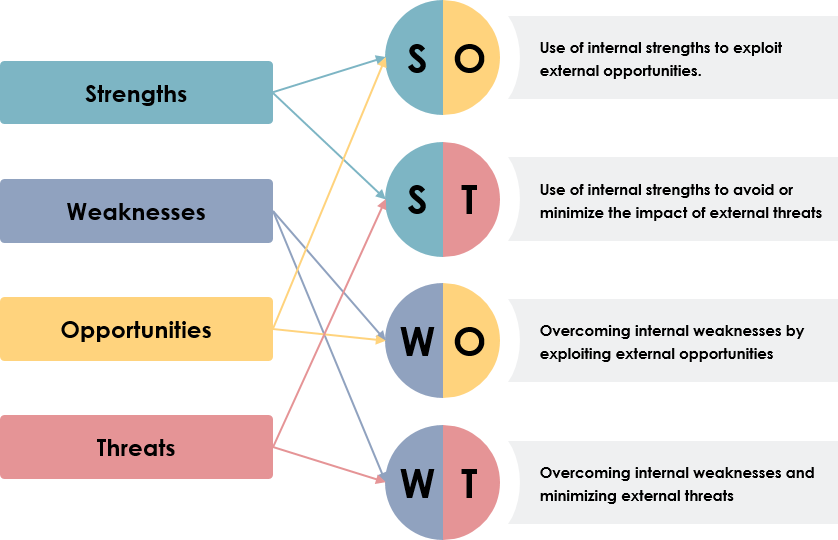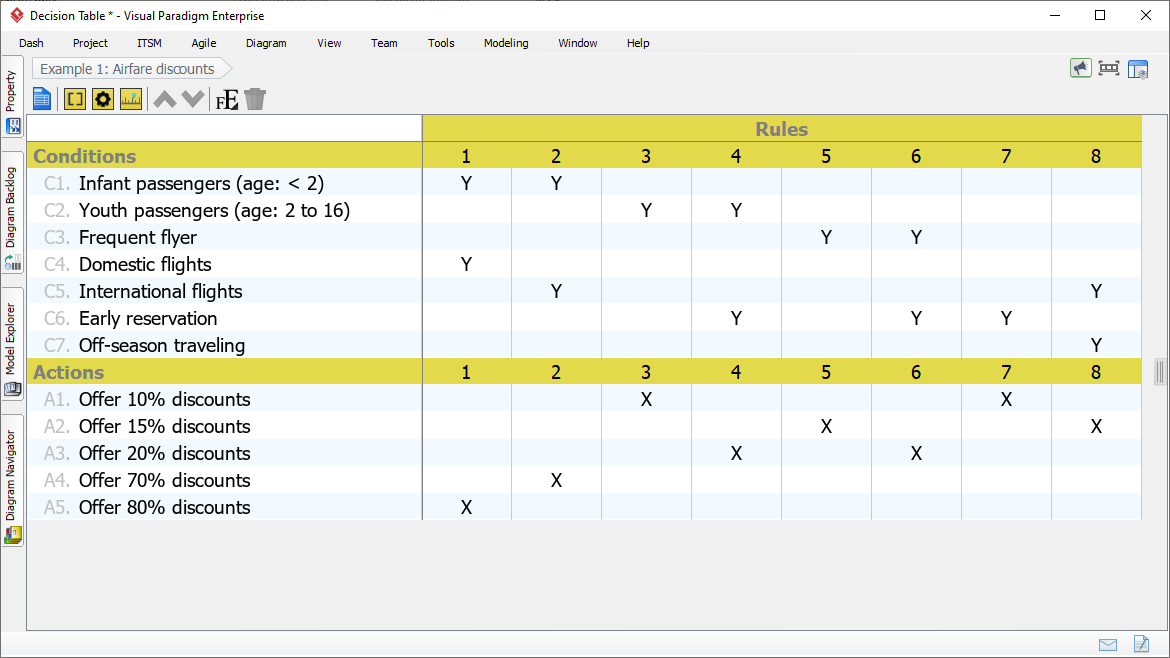Fault tree analysis is one of the most commonly used methods in system reliability analysis. It is a process of system design or improvement by analyzing various factors that may lead to system failure, including hardware, software, environment, human factors, etc. By drawing the fault tree, we can determine the possible combinations of modes and the probability of the cause of the system failure. The failure probability of the system is calculated and the corresponding measures are taken.
Continue reading